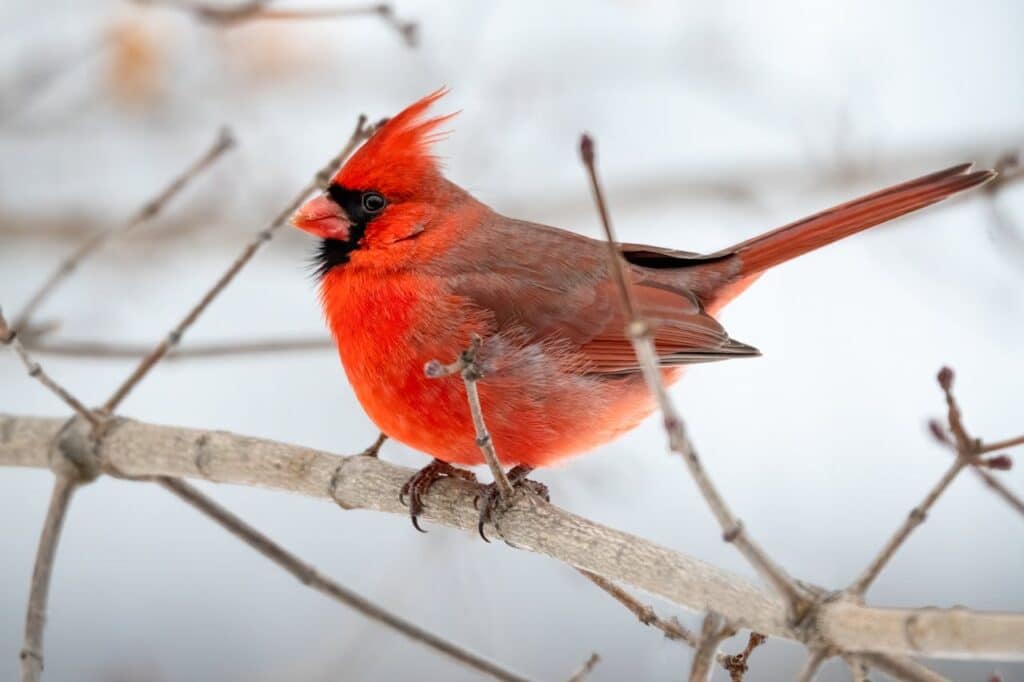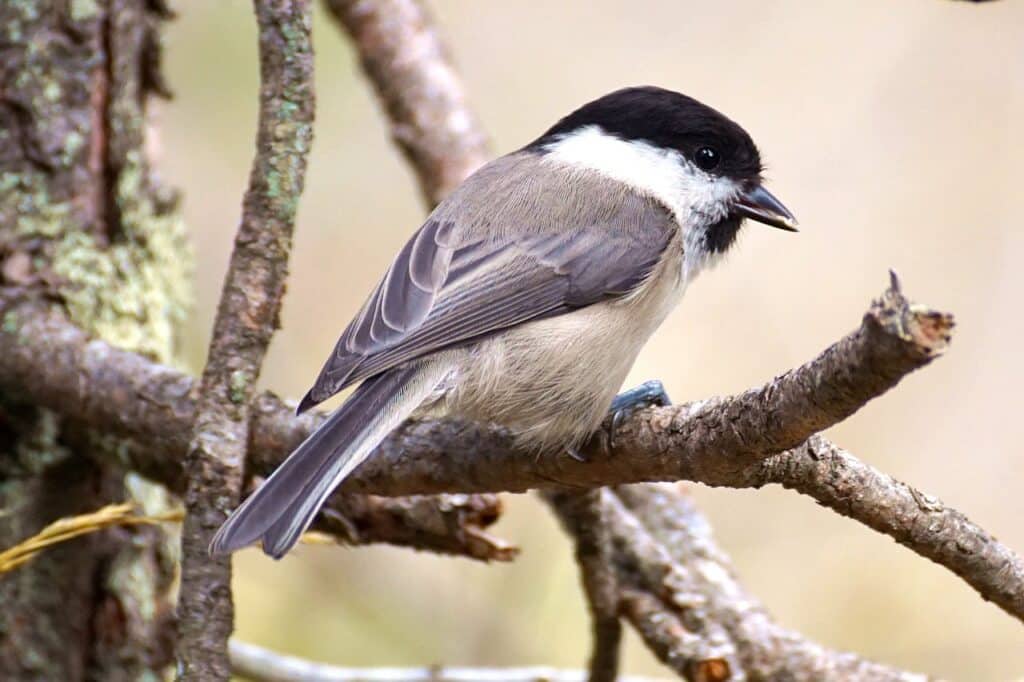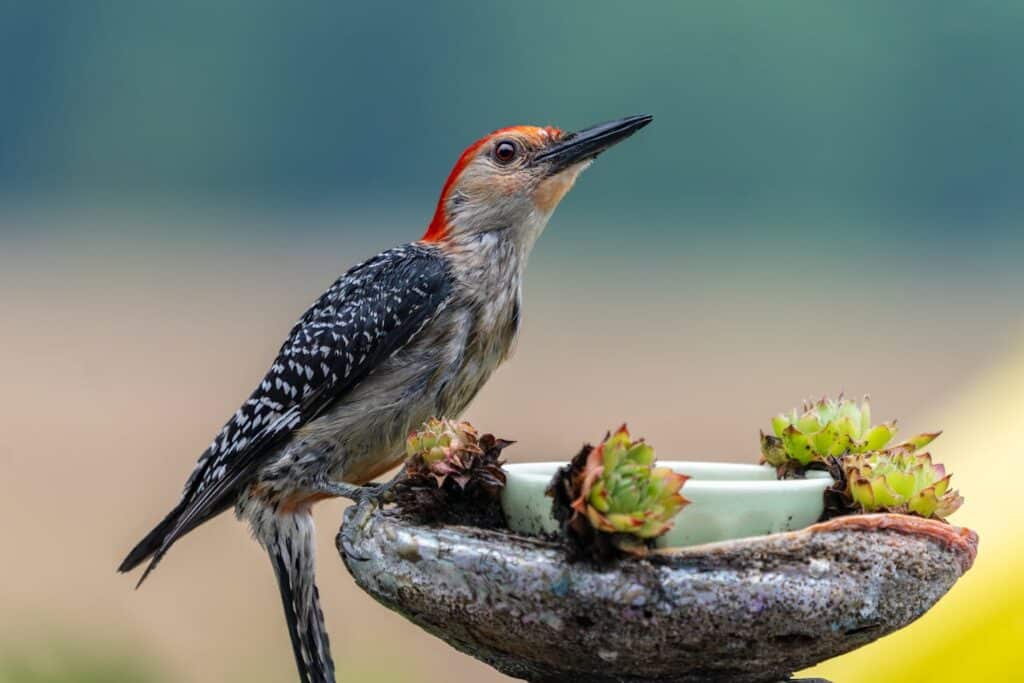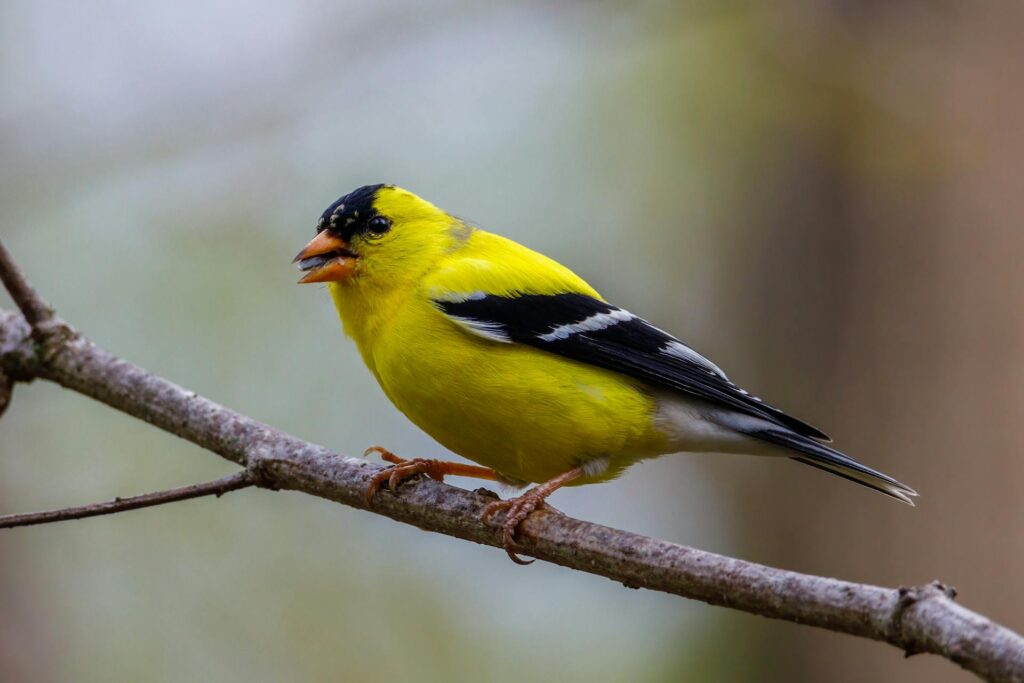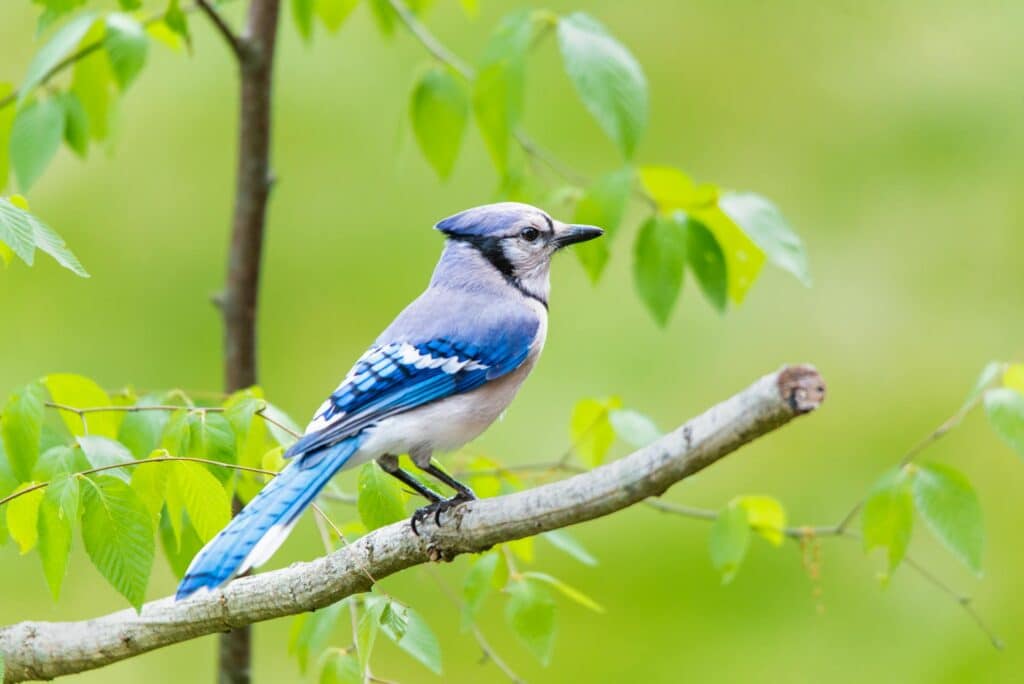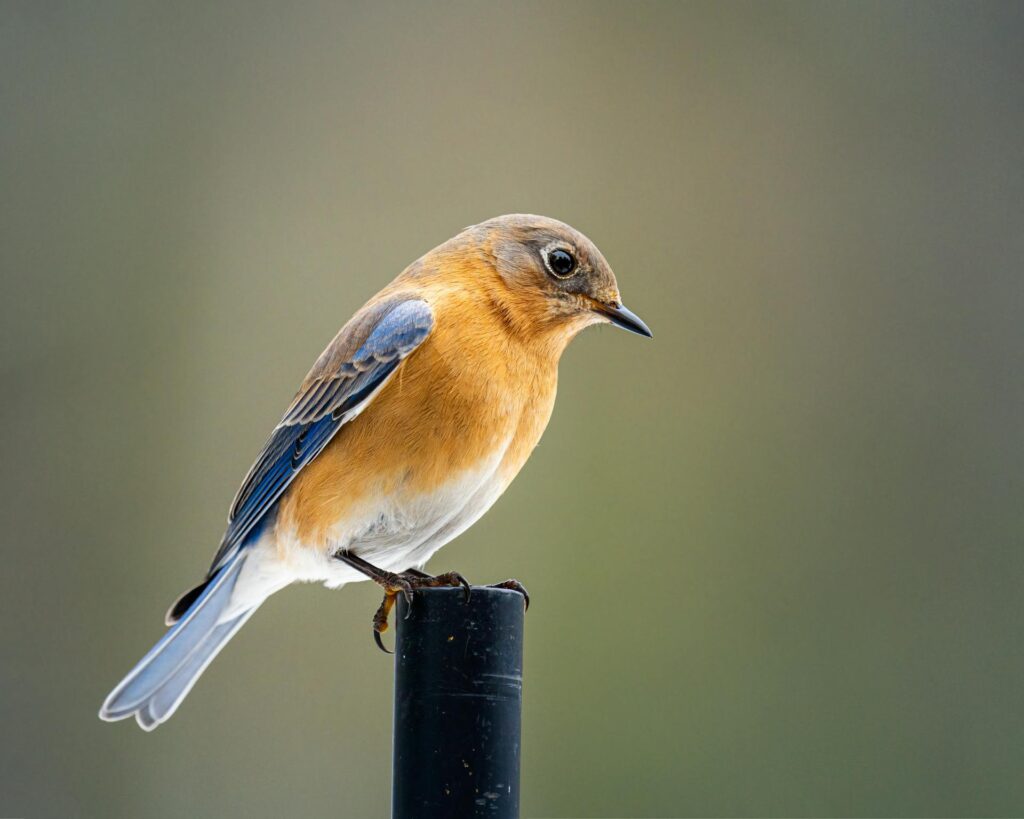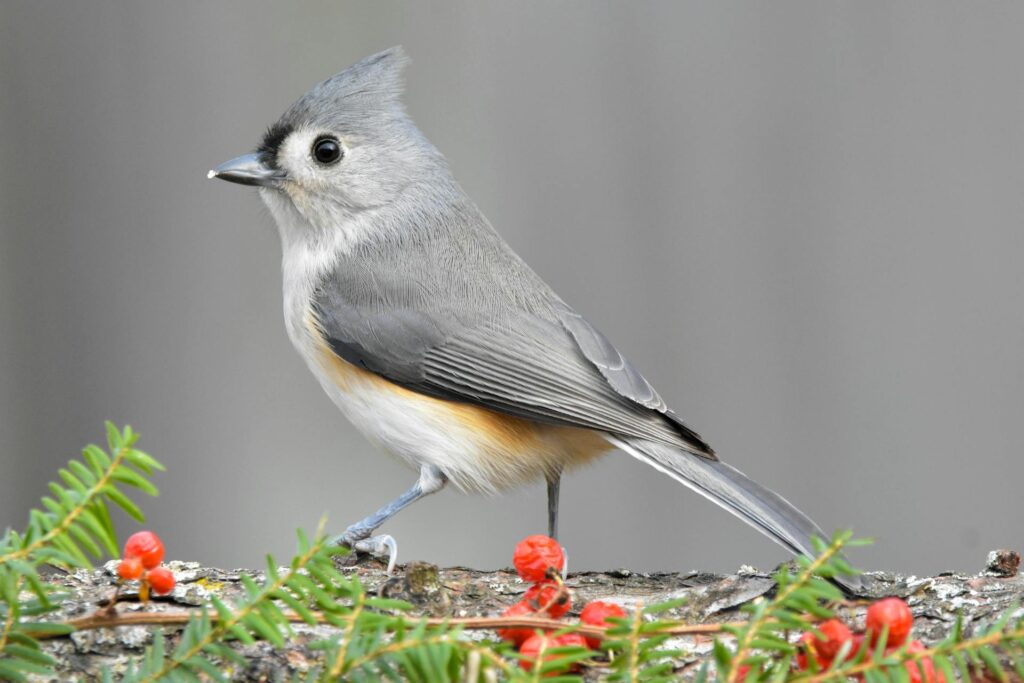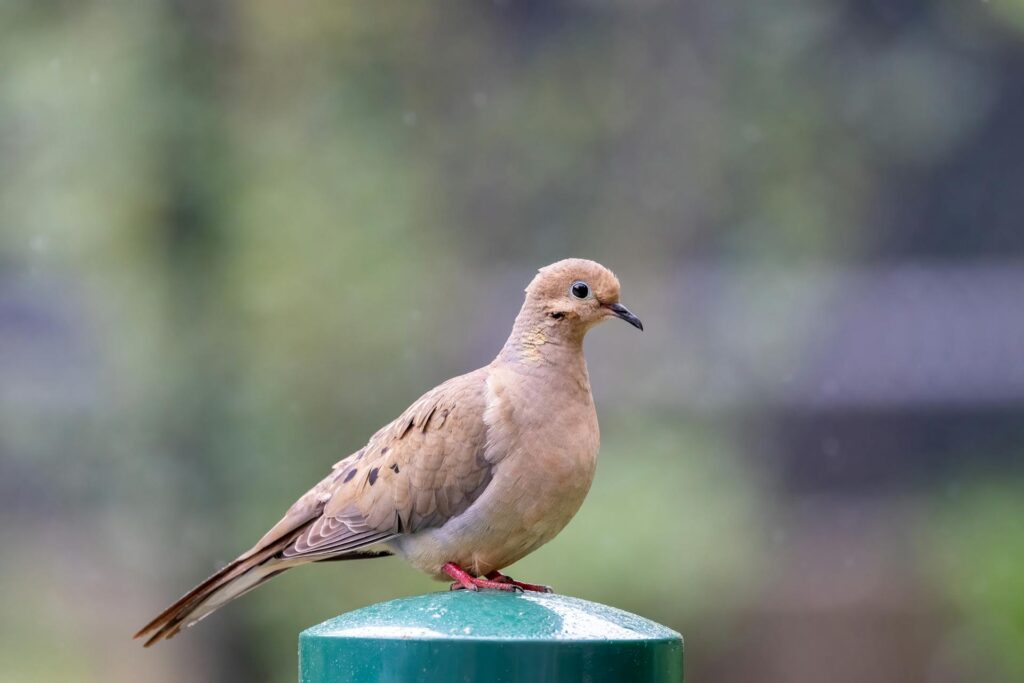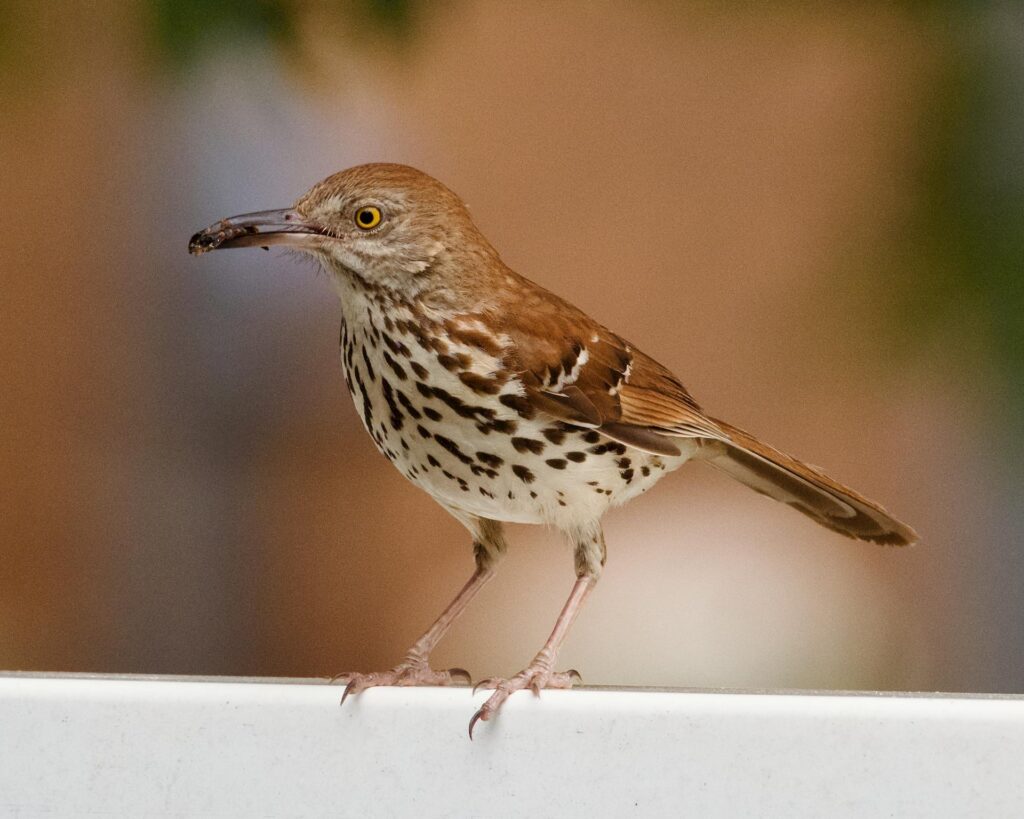From the Appalachian Mountains to the coastal marshlands, Georgia’s diverse habitats make it a haven for bird lovers. Whether you’re watching feeders in suburban Atlanta or hiking in the Chattahoochee National Forest, you’re likely to spot a vibrant array of native and migratory birds.
In this guide, we’ll explore some of the most common birds in Georgia, including year-round residents and seasonal visitors. Perfect for beginner birdwatchers and backyard nature enthusiasts alike!
1. Northern Cardinal
Scientific Name: Cardinalis cardinalis
When Seen: Year-round
Where: Backyards, forests, parks
The brilliant red male and subtly beautiful tan female are a favorite of Georgia bird feeders. They’re non-migratory, highly territorial, and love sunflower seeds.
2. Carolina Chickadee
Scientific Name: Poecile carolinensis
When Seen: Year-round
Where: Woodlands, suburban yards
This tiny bird is easily recognized by its black cap and cheery “chick-a-dee-dee-dee” call. Chickadees are active and curious and often visit feeders for suet and peanuts.
3. Red-Bellied Woodpecker
Scientific Name: Melanerpes carolinus
When Seen: Year-round
Where: Wooded areas, urban parks
Despite the name, the red patch is more prominent on the head than the belly. These woodpeckers are frequent visitors to suet feeders and can often be seen hopping up tree trunks.
4. American Goldfinch
Scientific Name: Spinus tristis
When Seen: Year-round (but more common in spring/summer)
Where: Meadows, gardens, feeders
Males turn bright yellow in the warmer months. These seed-loving finches enjoy thistle (nyjer) feeders and add cheerful color and song to Georgia gardens.
5. Blue Jay
Scientific Name: Cyanocitta cristata
When Seen: Year-round
Where: Forest edges, suburbs, oak trees
Known for their intelligence and loud calls, blue jays are bold, bright, and social. They often mimic other birds and will cache food for later.
6. Eastern Bluebird
Scientific Name: Sialia sialis
When Seen: Year-round
Where: Open fields, pastures, nest boxes
A symbol of happiness in the South, the Eastern Bluebird is a cavity nester that thrives in open rural areas with scattered trees. They are a conservation success story thanks to birdhouse initiatives.
7. Tufted Titmouse
Scientific Name: Baeolophus bicolor
When Seen: Year-round
Where: Mixed woodlands, suburban yards
This friendly little gray bird with a pointed crest is closely related to the chickadee and often flocks with them. They love sunflower seeds and are frequent feeder visitors.
8. Mourning Dove
Scientific Name: Zenaida macroura
When Seen: Year-round
Where: Urban areas, farms, utility lines
With their soft, mournful cooing and fast takeoff, mourning doves are gentle ground feeders that enjoy millet, cracked corn, and platform feeders.
9. Ruby-Throated Hummingbird
Scientific Name: Archilochus colubris
When Seen: Spring through early fall (migratory)
Where: Flower gardens, feeders
 Georgia’s only native hummingbird, the ruby-throated hummingbird zips through gardens and forests from March to October. They’re drawn to nectar-rich flowers and sugar-water feeders.
Georgia’s only native hummingbird, the ruby-throated hummingbird zips through gardens and forests from March to October. They’re drawn to nectar-rich flowers and sugar-water feeders.
10. Brown Thrasher (Georgia’s State Bird)
Scientific Name: Toxostoma rufum
When Seen: Year-round
Where: Thickets, shrubby areas, forest edges
With its long tail and rich, musical voice, the brown thrasher is a master mimic—able to sing over 1,000 song variations. It forages on the ground and prefers dense cover.
Tips for Birdwatching in Georgia
Best Birding Sites: Okefenokee Swamp, Piedmont Park, Savannah National Wildlife Refuge, and Kennesaw Mountain.
Feeding Tips: Use a mix of black-oil sunflower seeds, suet, nyjer seed, and mealworms to attract a variety.
Apps to Use: Merlin Bird ID, eBird, and Audubon Bird Guide are great for identifying birds in the field.
Final Thoughts
Whether you’re filling feeders in your backyard or hiking across Georgia’s wild terrain, you’ll be treated to a colorful cast of birds all year long. Learning to identify these species by their colors, songs, and behaviors not only deepens your appreciation for nature—it also helps protect it.
So grab your binoculars, fill those feeders, and get ready to meet some feathered friends in the Peach State!


